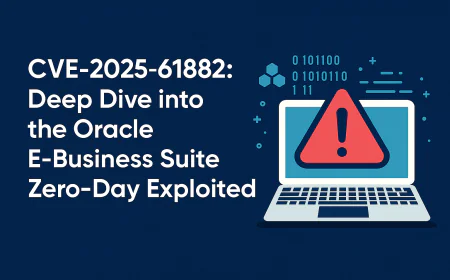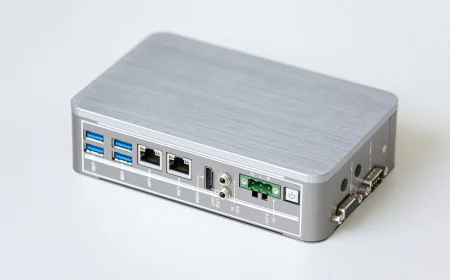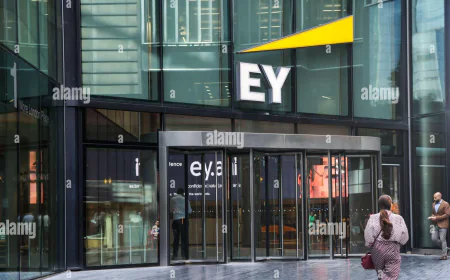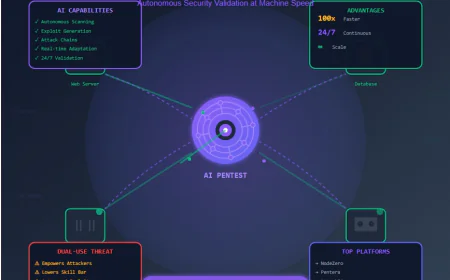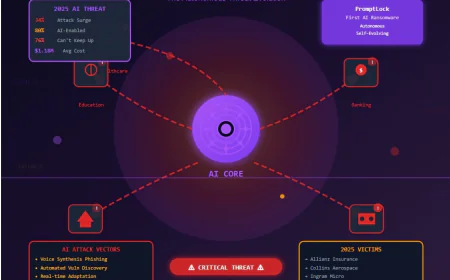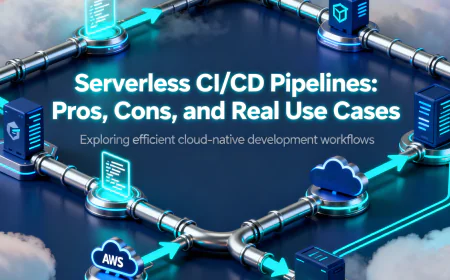Multi-Cloud Kubernetes: GCP vs AWS vs Azure Deployments
As enterprises race to adopt Kubernetes across cloud platforms, the question isn’t “why Kubernetes?” but rather “where Kubernetes?” In 2025, organizations are increasingly embracing multi-cloud deployments, balancing workloads between AWS, Azure, and Google Cloud to avoid lock-in, optimize costs, and boost resilience. But multi-cloud Kubernetes isn’t just a checkbox—it comes with challenges like networking complexity, identity management, security, and cost visibility. In this blog, we’ll explore how AWS, Azure, and GCP handle Kubernetes, compare their strengths and weaknesses, and share real-world strategies for deploying workloads across multiple clouds without losing control.

Introduction
By 2025, Kubernetes has evolved from being a container orchestrator to becoming the default operating system of the cloud. But as enterprises scale, many are no longer satisfied with a single cloud provider. Instead, they’re adopting multi-cloud Kubernetes strategies—deploying workloads across AWS, Azure, and Google Cloud to reduce vendor lock-in, optimize costs, and improve resilience.
However, running Kubernetes in multiple clouds isn’t straightforward. Each cloud provider has its own Kubernetes flavor, networking model, IAM integration, pricing, and hidden challenges. Let’s break down how GCP, AWS, and Azure approach Kubernetes, their strengths, weaknesses, and what you should know before going multi-cloud.
Why Multi-Cloud Kubernetes?
Organizations are increasingly choosing multi-cloud Kubernetes for reasons like:
- Avoiding lock-in: Don’t get tied to one vendor’s ecosystem.
- Cost optimization: Shift workloads to whichever cloud offers better pricing.
- Compliance & data sovereignty: Deploy workloads in specific regions for regulations like GDPR, HIPAA, etc.
- High availability: Failover across clouds ensures uptime even if one provider has outages.
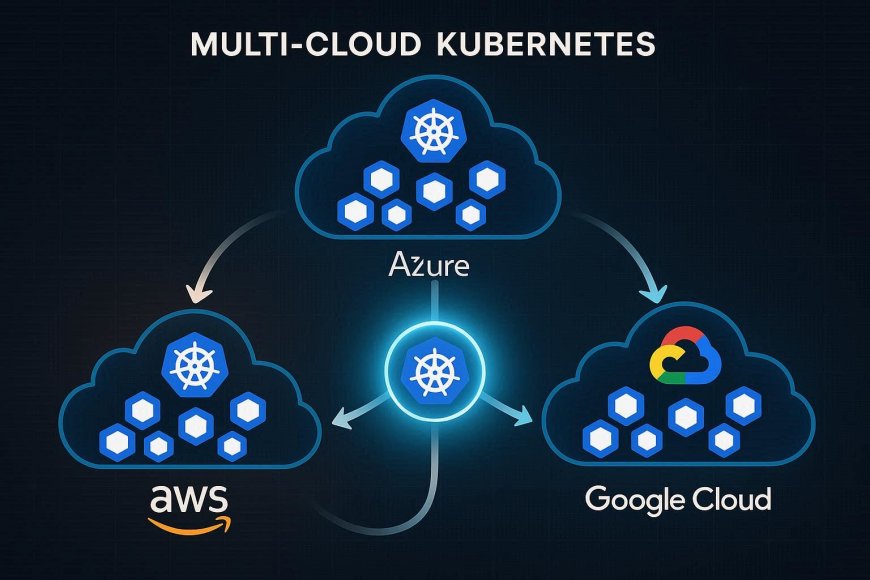
GCP: Google Kubernetes Engine (GKE)
Google was the birthplace of Kubernetes, and GKE is widely considered the most polished managed service.
Strengths:
- Deep Kubernetes expertise (Google created it).
- Autopilot mode: hands-free cluster management.
- Built-in AI/ML workload optimization.
- Strong multi-cluster support with Anthos.
Weaknesses:
- Pricing can be tricky with hidden network costs.
- Limited global enterprise adoption compared to AWS.
Best for: Teams that want ease of use and AI/ML integration with Kubernetes.
AWS: Elastic Kubernetes Service (EKS)
AWS dominates cloud market share, and EKS brings Kubernetes to AWS customers.
Strengths:
- Seamless integration with AWS ecosystem (IAM, VPC, CloudWatch, etc.).
- Strong security with IAM for service accounts.
- Flexible deployment options (EKS Anywhere for hybrid).
- Ecosystem maturity with networking, storage, and observability tools.
Weaknesses:
- Steep learning curve for new teams.
- Pricing can be high compared to GKE.
- Networking is complex due to VPC limitations.
Best for: Enterprises already invested in AWS services.
Azure: Azure Kubernetes Service (AKS)
Microsoft’s AKS has seen rapid growth, especially with enterprises already using Microsoft 365, Active Directory, and Windows workloads.
Strengths:
- Tight integration with Azure Active Directory (AAD).
- Best for hybrid use cases with Azure Arc.
- Cost-effective for Windows + Linux mixed environments.
- Excellent enterprise compliance and governance support.
Weaknesses:
- Slower upgrades compared to GKE.
- Occasional reliability issues reported in past.
Best for: Enterprises with strong Microsoft ecosystem investments.
Comparing GCP vs AWS vs Azure
|
Feature |
GCP (GKE) |
AWS (EKS) |
Azure (AKS) |
|
Ease of Setup |
Easiest, Autopilot available |
Moderate, steep learning curve |
Moderate |
|
Ecosystem Integration |
Moderate |
Strongest (tight AWS integration) |
Strong (with Microsoft tools) |
|
Multi-Cloud Tools |
Anthos |
EKS Anywhere |
Azure Arc |
|
AI/ML Workloads |
Best option |
Good, but less focused |
Limited |
|
Hybrid Support |
Yes (Anthos) |
Yes (EKS Anywhere) |
Yes (Arc) |
|
Cost Transparency |
Medium |
Expensive |
Affordable |
|
Enterprise Adoption |
Growing |
Highest |
Rapidly growing |
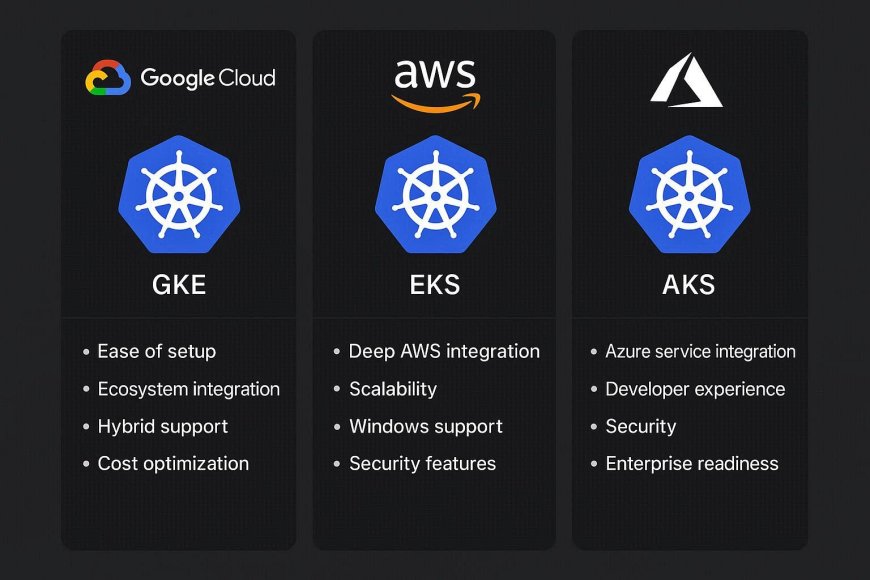
Challenges in Multi-Cloud Kubernetes
While multi-cloud sounds ideal, real-world deployments often hit challenges:
- Networking: Maintaining connectivity and latency between clusters.
- Identity & Access Management (IAM): Each provider has different IAM systems.
- Security: Different defaults, compliance models, and tooling.
- Monitoring & Observability: Fragmented logs and metrics across platforms.
- Cost Visibility: Hard to track costs across providers in real-time.
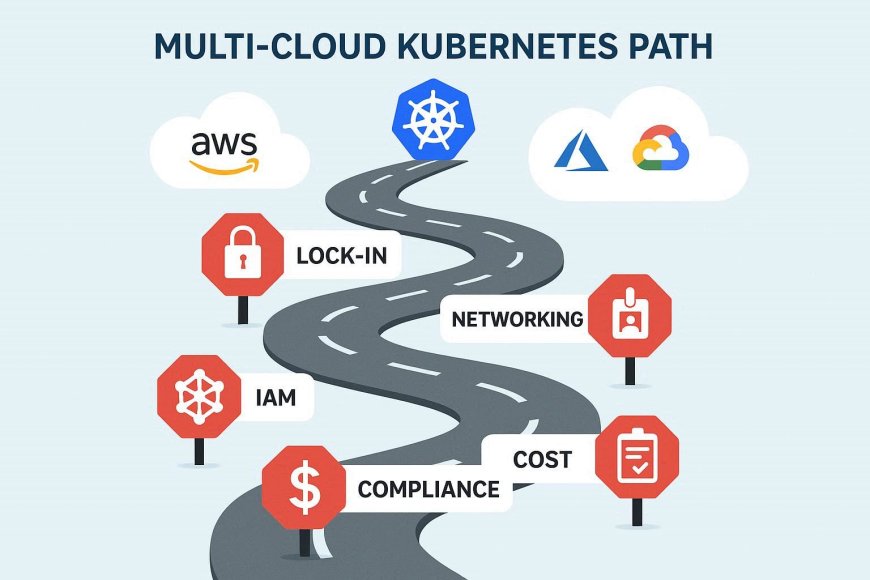
Best Practices for Multi-Cloud Kubernetes in 2025
To succeed, enterprises should adopt these practices:
- Centralized Management: Use Anthos, Azure Arc, or EKS Anywhere.
- Unified CI/CD: Standardize pipelines with GitOps (ArgoCD/FluxCD).
- Cross-Cloud Security Policies: Use OPA/Gatekeeper for consistency.
- Multi-Cloud Networking Mesh: Leverage Istio, Linkerd, or Cilium.
- Cost Governance: Tools like Kubecost or CloudHealth for transparency.
- Chaos Engineering: Test resilience with cross-cloud failure simulations.
Conclusion
Multi-cloud Kubernetes is no longer just a buzzword—it’s a strategic necessity in 2025. Whether you choose GKE, EKS, or AKS, the key lies in aligning your workloads with the provider’s strengths while building a central layer for governance, observability, and security. By embracing a thoughtful approach, enterprises can unlock the promise of resilience, flexibility, and compliance without being trapped by vendor lock-in.


